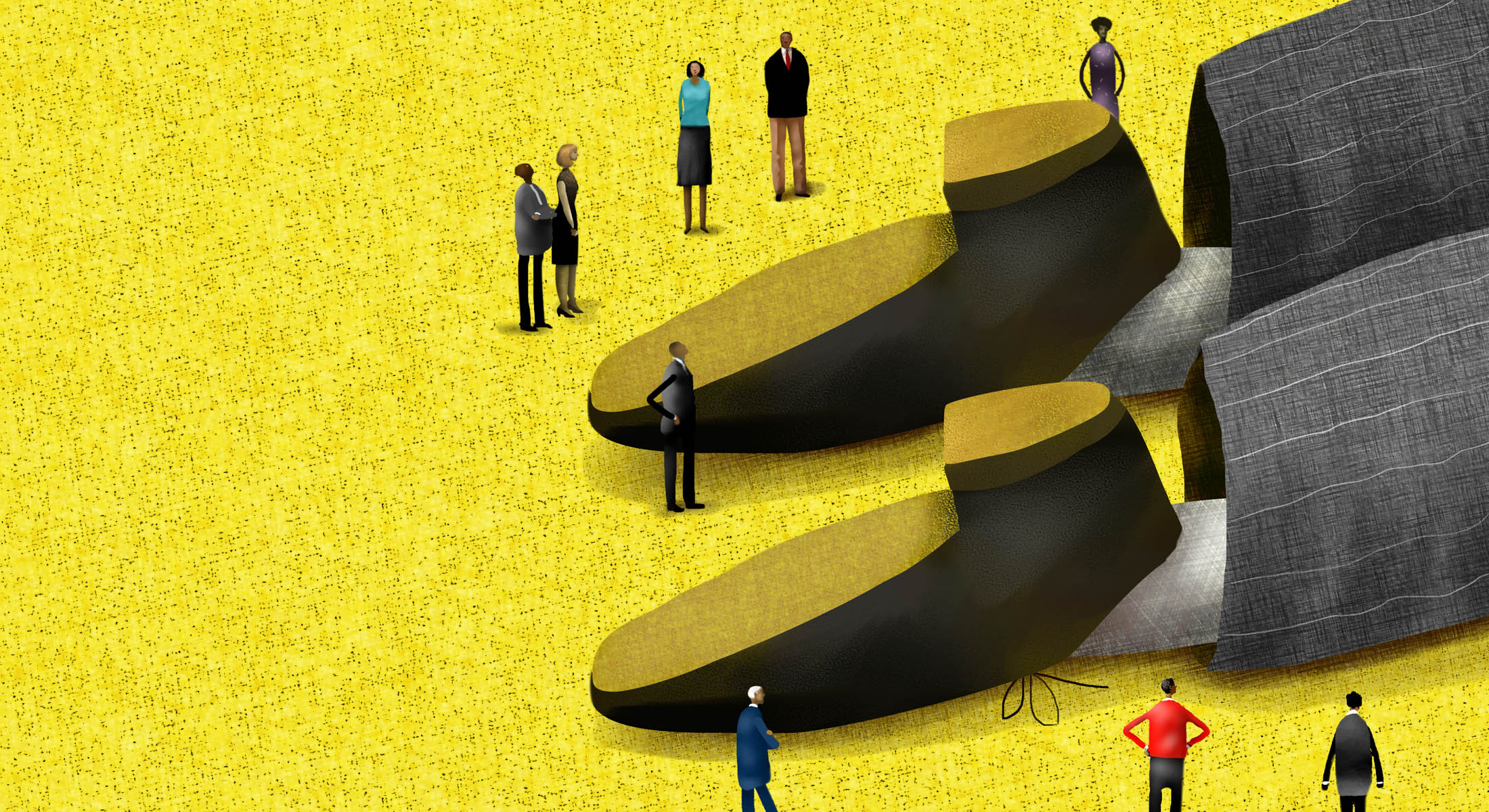California Management Review
California Management Review is a premier academic management journal published at UC Berkeley
by Felix Barber, Jo Whitehead, and Julia Bistrova

Why do large, successful public companies and their CEOs suddenly weaken? To find out, we studied 45 large European and U.S. stumbles. Our case studies point to some common mistakes, such as undertaking unnecessarily risky growth strategies, treating compliance issues lightly, or poor cost control. These simple mistakes often had complex origins, such as attempts to meet conflicting objectives, weak board governance, or even executives being misled by positive experiences with ambitioius growth investments. We develop a checklist of “Emperor’s Clothes” failings to help executives and boards lessen the risk of the worst stumbles.